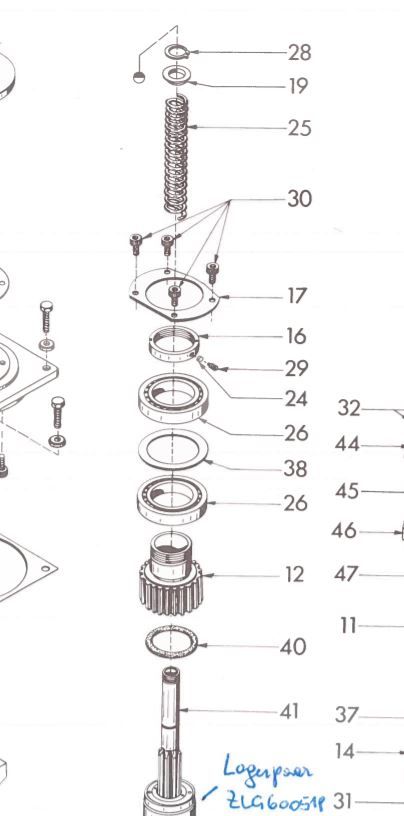Hi, If I understood the original test correctly, its only the difference indicated when the spindle changed direction in turning by hand, and that happened anywhere in one circle the spindle turn. So that mark/identify this argument, ignoring other forms of runout. This was an up/down movement not expected.
Now I would like to see if this particular induced up/down movement is from the spindle. So in my suggested method, if it shows on the tool set indicator as soon as direction is reversed any place in one circle, what would the 2nd dial test indicator indicate on a flat surface not on the outside but on the top side of a surface machined that can only reflect up/down movement of the spindle under correct circuimstances. If it needs to be grinded ok, then so be it for those that can do it. My idea is still measuring on a round but flat surface unlike the tool set indicater pointed upwards towards a roundy pointed surface.
Note:Maybe the idea I suggested must be cut in a lathe 1st, then placed in the spindle a re-cut truely with lathe cutters positioned to do that. I have seen another guy on youtube cutting on a mill like in a lathe, then you know it runds true to the spindle, and only the up/down movement in question should reveal or totally disappeear and changed to a new direction based on true cut to the spindle in question-?
I am I correct understanding it like this-?
Edited By Chris Mate on 09/02/2022 20:32:52
Kiwi Bloke.





